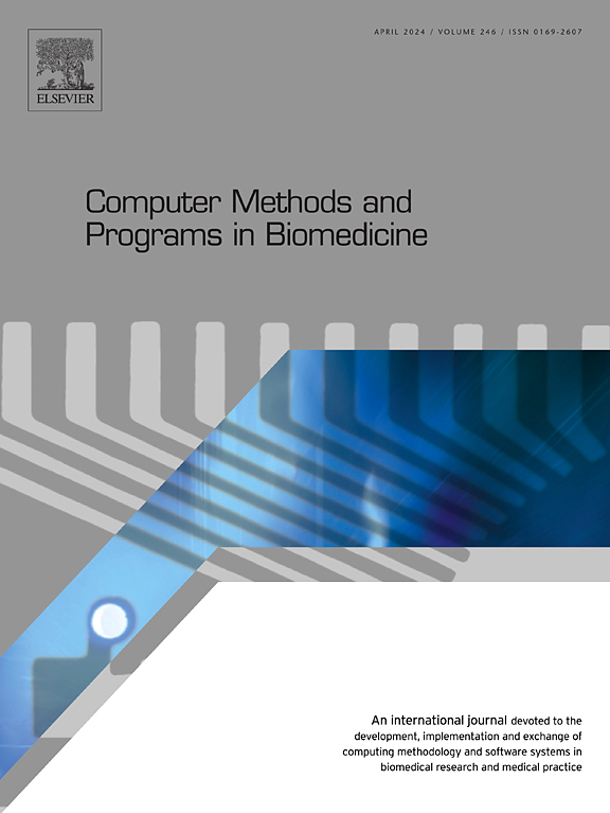
Authors From Afeka: Dr. Sara Naftali, Prof. Anat Ratnovsky, Keren Della Rocca
Abstract
Epiretinal membrane (ERM) is a transparent membrane that forms on the surface of the neurosensory retina, causing tangential traction on the retinal surface, which may contribute to cell proliferation and contraction. Epiretinal membranes (ERMs) may be asymptomatic in some patients, while in others the membranes can progress, resulting in macular thickening and macular traction, thus distorting and inducing loss of central visual function and metamorphopsia. Currently, treatment options include follow-up or pars plana vitrectomy with an ERM peel, aiming to relieve the macular traction and improve vision and metamorphopsia. No specific criteria exist for predicting which patients might progress and need early surgery to improve and maintain good vision. The decision for surgery is based on the individual's symptoms and the physician's judgment. This study aimed to evaluate the mechanical impact in terms of stress and deformations of the ERM and to qualitatively compare them with the clinical progression of fovea thickening observed through optical coherence tomography (OCT) images.


Mechanical impact of epiretinal membranes on the retina utilizing finite element analysis
Share a link using:
https://www.afeka.ac.il/en/industry-relations/research-authority/mechanical-impact-of-epiretinal-membranes-on-the-retina-utilizing-finite-element-analysis/WhatsApp
Facebook
Twitter
Email
https://www.afeka.ac.il/en/industry-relations/research-authority/mechanical-impact-of-epiretinal-membranes-on-the-retina-utilizing-finite-element-analysis/